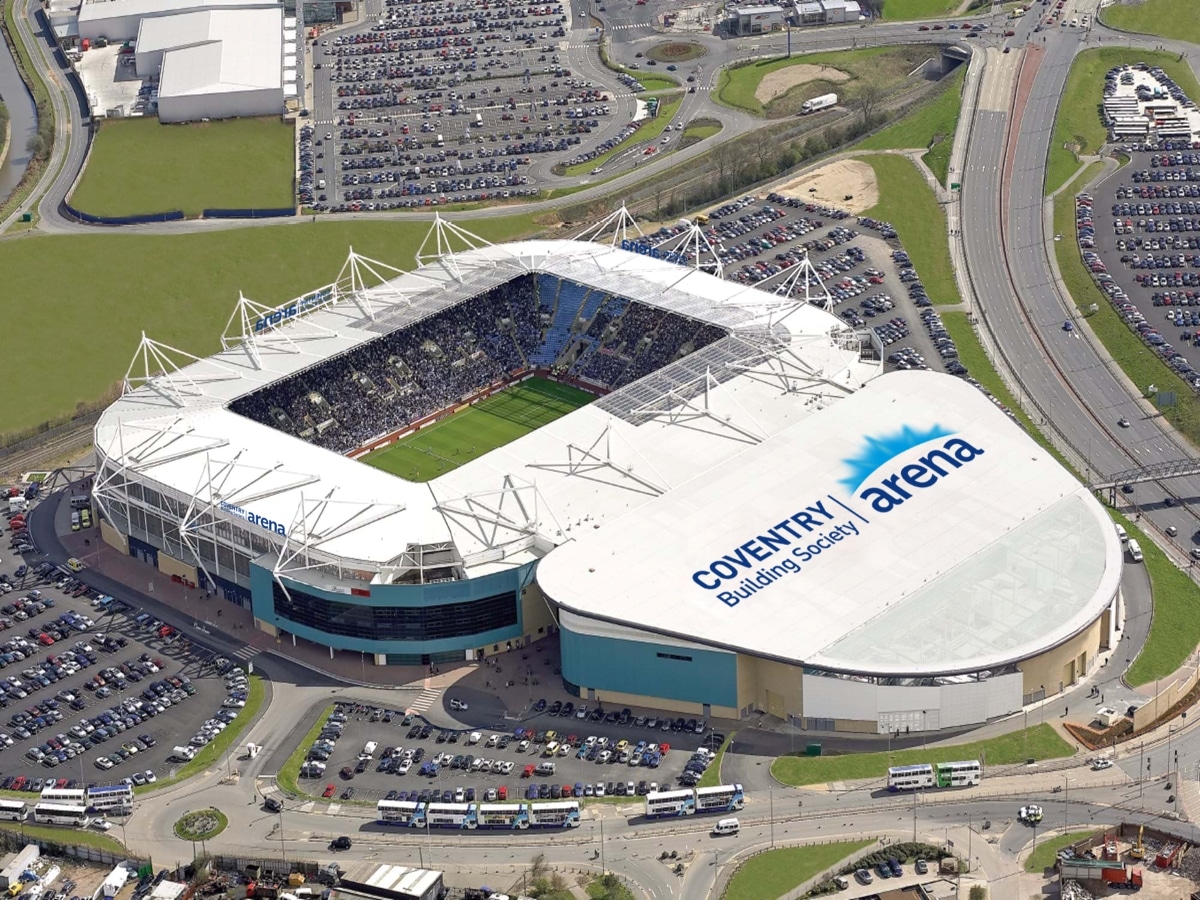12th May 2021
Unlocking the commercial and environmental benefits of CHP
If we are to burn gas to generate electricity, let’s maximise the efficiency of the process by making use of the heat that is also generated – this is the central advantage of combined heat and power. Here, Chris Marsland, brings the story up to date.
The popularity of combined heat and power (CHP) – a technology that generates heat and electricity simultaneously from the same energy source for homes or buildings – is continuing to grow in the UK, in line with the government’s net zero drive.
However, the full potential of the technology, which is also known as cogeneration, has yet to be unlocked and the pace of uptake in the UK is not as quick as some other countries such as Japan. Statistics suggest around 230,000 CHP solutions are currently in operation in Japan, and significant further demand is expected in the coming years.
The UK government is keen to promote the benefits of CHP as an important element in the low carbon revolution, alongside CHP Focus – an initiative from the Department for Business, Energy and Industrial Strategy (BEIS), which supports the development of the technology in the UK. CHP solutions can drive impressive energy efficiencies and reduce energy bills whilst delivering a lower carbon footprint. This, alongside a reduction in transmission and distribution losses and increased fuel supply security, mean CHP is a great option to consider for many businesses as we progress towards 2050.
The case for on-site energy generation
At Eurosite Power, we offer funded CHP plant energy solutions, working primarily with businesses in the hospitality, leisure and commercial sectors. My role is helping businesses harness the long-term commercial and environmental benefits of on-site energy generation.
The CHP process involves capturing heat that would otherwise be wasted when generating electricity and then making use of it. This is achieved by installing a generator on a customer’s site and the heat that is captured is then used to provide energy for space heating, hot water, cooling or industrial processes.
We describe CHP to customers as an uncomplicated way to lower energy prices. Even before the new Ten Point Plan for a Green Industrial Revolution, the UK government has backed the use of CHP and said that for many organisations: ‘CHP is the measure that offers the most significant single opportunity to reduce energy costs and improve environmental performance, with existing users of CHP typically saving around 20% of their energy costs.’
The EuroSite Power team provides a primary solution called ‘On-Site Utility’, a fully funded model that unlocks the benefits of on-site generation without the need for capital expenditure or commercial risk. We also install, operate and maintain the assets over the course of their lifetime.
One of our customers has On-Site Utility in place across multiple sites throughout the UK and was forecast to save more than £78,000 on its annual energy bills. As well the clear cost savings, we’re helping the customer to reduce its carbon footprint and boost its green credentials through the use of CHP.
When we have the opportunity to explain more about the technology to people, we find that there is lots of interest and uptake. However, I do think that general awareness of CHP is still relatively low in many sectors and that’s something we work hard to overcome.
Moving away from the technical aspects is also important, as most customers don’t speak in kilowatt hours. It’s important to focus on the outcomes, explaining what we can do to improve the customer’s energy bill and their environmental impact.
Finance can also be barrier, with capital purchases less common and customers wanting options to help them make the cost as affordable as possible. We have worked with the team at Solutions Asset Finance for many years to offer customised finance agreements, and the company’s expertise in the renewables sector has seen the relationship develop into a strong partnership.
This partnership means that no capital expenditure is required from customers and all the technical, operational and commercial risk are covered by us. Customers can start saving from day one, enjoying a guaranteed discount against current and future energy prices.
Our solution also provides exemption from carbon taxes through the CHP Quality Assurance Programme, which contributes to bottom line savings . We take responsibility for the operation, maintenance and performance over the lifetime of the assets and take away the risks associated with capital investment in CHP.
It’s always been really important for us to have a finance option at hand, particularly given the sectors we operate in. With the impact of COVID-19 on cashflow, that is now even more crucial.
CHP and heat decarbonisation
CHP has a large part to play in decarbonising heat in the UK. Mixed models of district heating schemes, where a combination of CHP and heat pumps is used, are becoming more common.
This allows the production of heat through electricity when there is an abundance of intermittent power production, and the cogeneration of electric power and district heating when the availability of intermittent power production is low.
When it comes to buildings, another point in the favour of CHP is that it can be difficult and expensive to convert to the lower water temperatures required for heat pumps. The buildings and infrastructure we have in place now is not likely to be radically different by 2050, so CHP is a viable option.
The lack of space in urban areas for external heat pumps, especially ground source ones, demonstrates how CHP powered by a lower carbon gas still has an important role to play. The lower carbon gas source could be linked to hydrogen – see below. It could also be the use of biomethane, either directly or via a partnership with a biomethane producer, with biomethane injected into the gas grid at the point of production and extracted at the point of consumption creating a sort of virtual supply.
Gas-fired CHP
Several reports have highlighted the fact that a simple comparison of the average carbon content of grid electricity versus the carbon content of electricity generated using on-site CHP does not correctly represent CHP’s contribution to lowering carbon.
Self-evidently, the average grid figure includes renewable sources, nuclear, and combined cycle gas turbines (CCGTs). However, gas CCGT tends to be used to balance the grid, as the number of renewables generating electricity ebb and flow throughout the day. This means that typically CHP will replace the CCGTs, not the renewables during periods of low renewables production. Therefore the grid carbon factor that should be used in assessing CHP’s contribution to grid carbon should be that of CCGTs – not the average factor.
Looking to the future, we can expect the number of renewables will continue to grow but, at least for the medium term, the grid operator will still be calling on CCGT (marginal fossil fuel plant) to provide support, inertia and rapid control of voltage and frequency.
Hydrogen and zero carbon CHP
Reciprocating engines can burn lots of different things, including biogas, coal mine gas, hydrogen, ammonia and more. But it is important to consider where these alternative gases are coming from.
Biogas can and is being injected into the natural gas grid, although there is some suggestion of a growing shortage of feedstock for these biomethane plants. There are plenty of plans and even a few small demonstrators for mixing hydrogen with natural gas (possibly up to 20%) in the gas grid.
The big problem is getting enough of either of these two gases. Currently 99% of all hydrogen is produced by steam reformation of methane, which emits all the carbon that would have been emitted if the methane were burnt. This ‘grey hydrogen’ is used predominately as a process feedstock rather than a fuel.
To address this, we need either to get carbon capture and storage (CCS) working at scale and continue to use steam reformation to capture the carbon released (blue hydrogen) or to use electrolysers running on 100% renewable electricity (green hydrogen).
But the current gas grid is not capable of transporting pure hydrogen and there is doubt around how big the hydrogen percentage can be before damage occurs to the distribution pipes. Some suggestions that I have seen say that up to 20% is feasible.
This would mean there will be little pure hydrogen used in commercial and domestic stationary applications. Based upon a report by the Energy Networks Association, I expect that, by 2050, there will be a small percentage of hydrogen in the existing gas grid, which CHP units can cope with by a small derate.
I am only aware of one CHP manufacturer actively pushing a 50% derate hydrogen-capable machine, but there are more CHP units being developed to run on pure hydrogen. However, pure hydrogen fuel won’t be available to all and so these will become centralised at industrial hubs and, by definition, are likely to require multi megawatt installations.
Hopefully this will leave us with a market past 2050 where we can continue to run more conventional CHP units using gas from the national network that is partially de-carbonised by mixing in a small percentage of hydrogen.
Chris Marsland is the UK General Manager at EuroSite Power Ltd
“First published in the May 2021 issue of Energy World online magazine, by the Energy Institute, energyinst.org”




